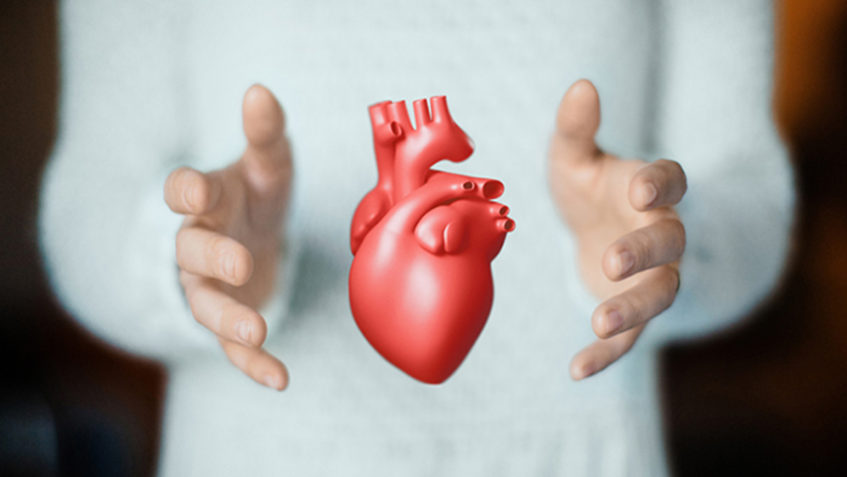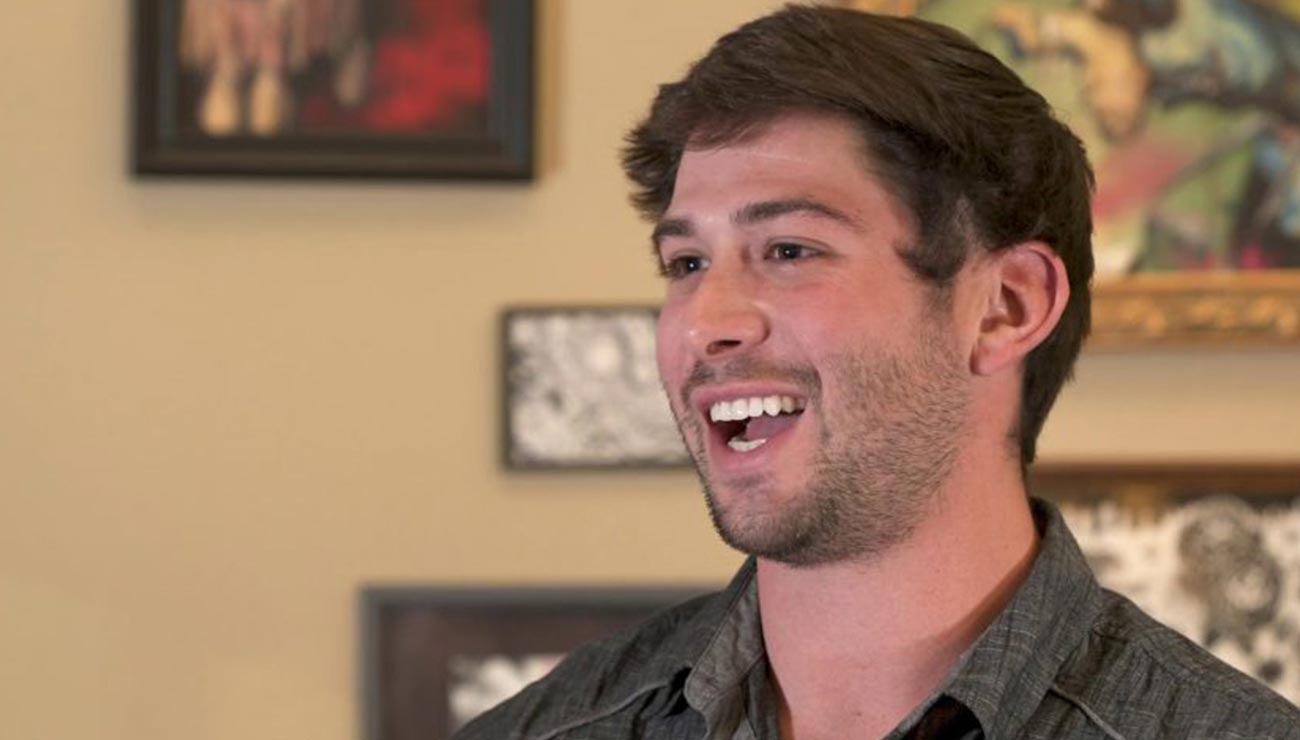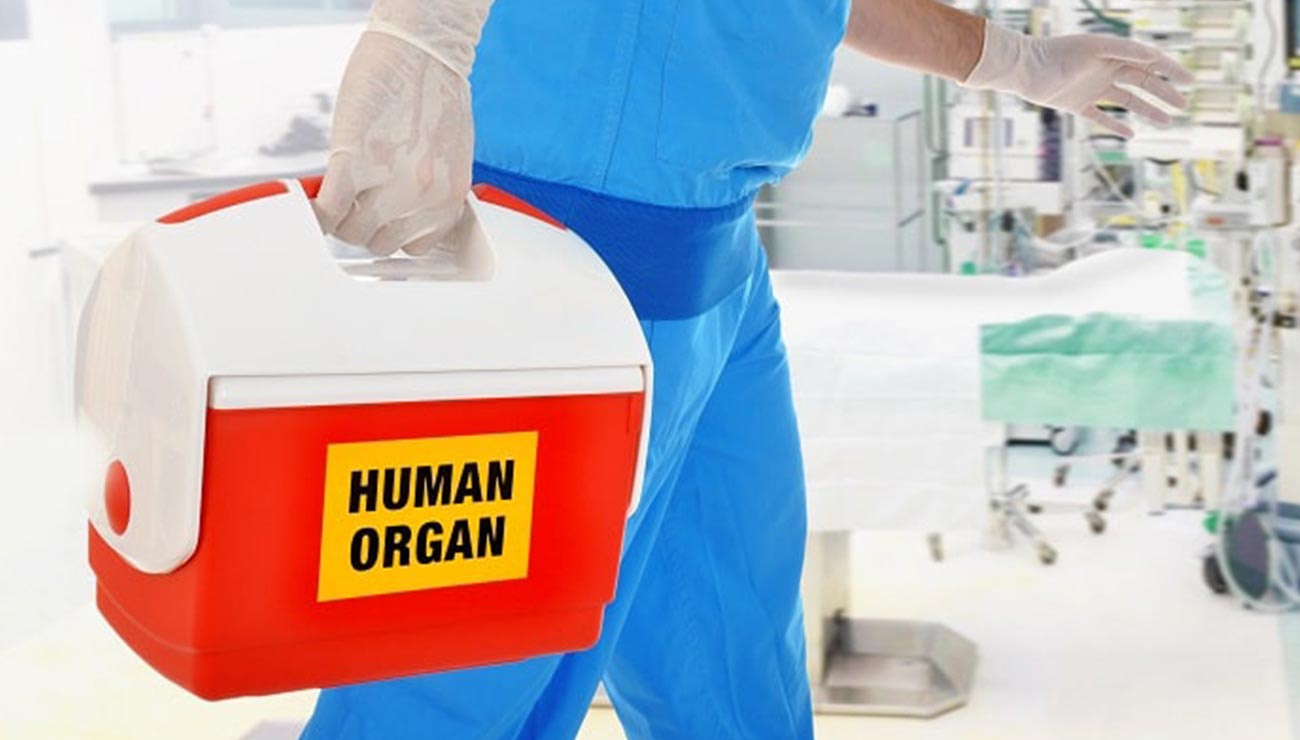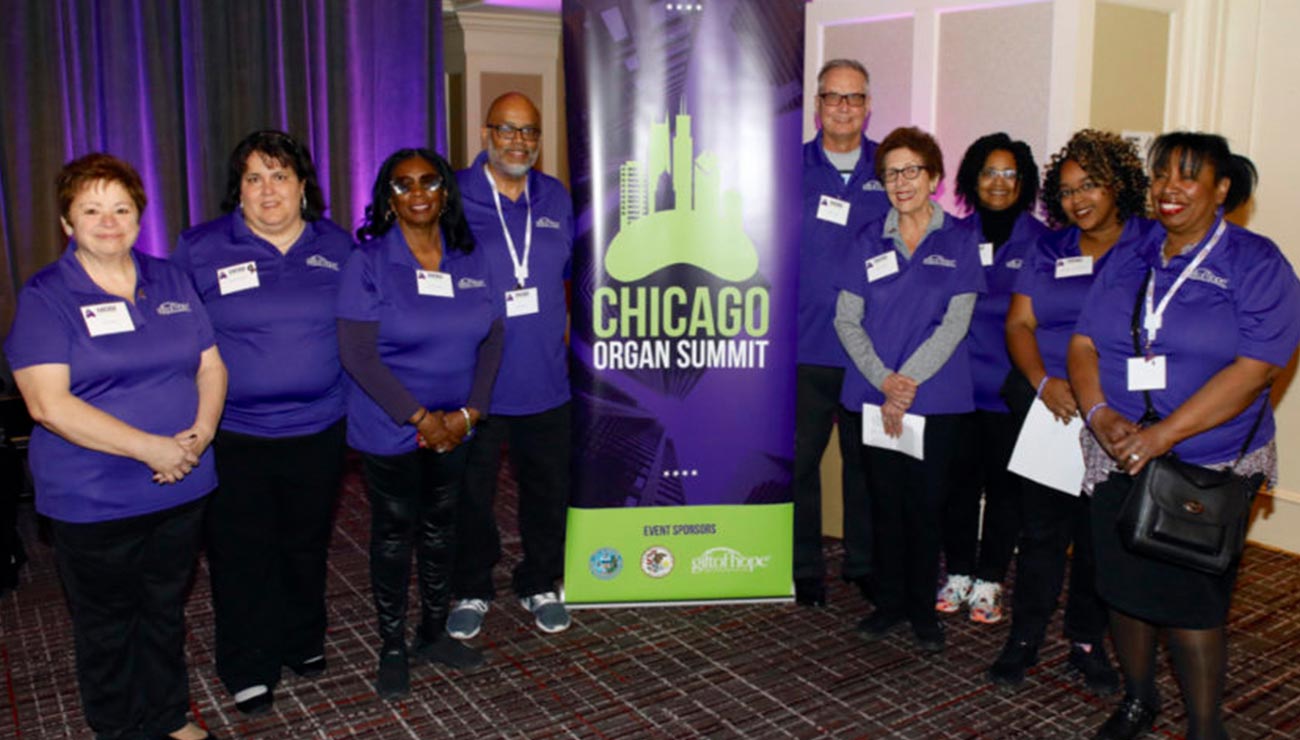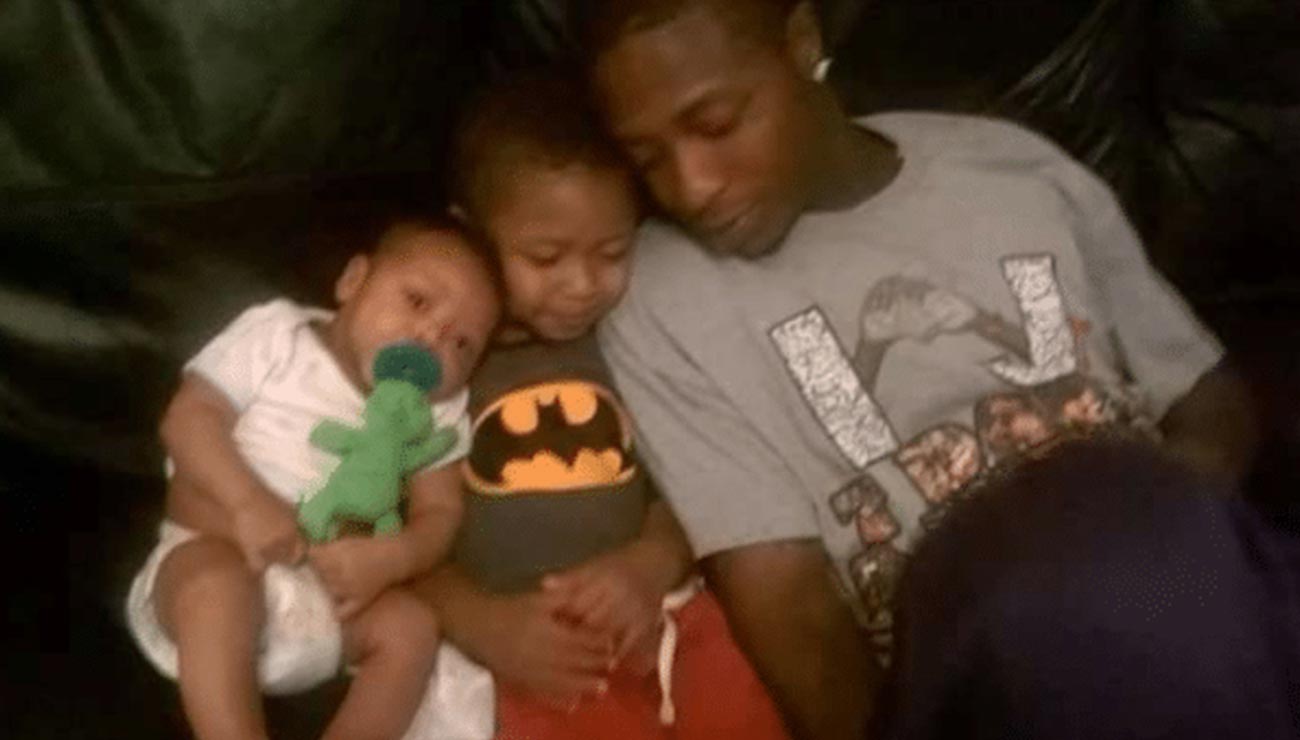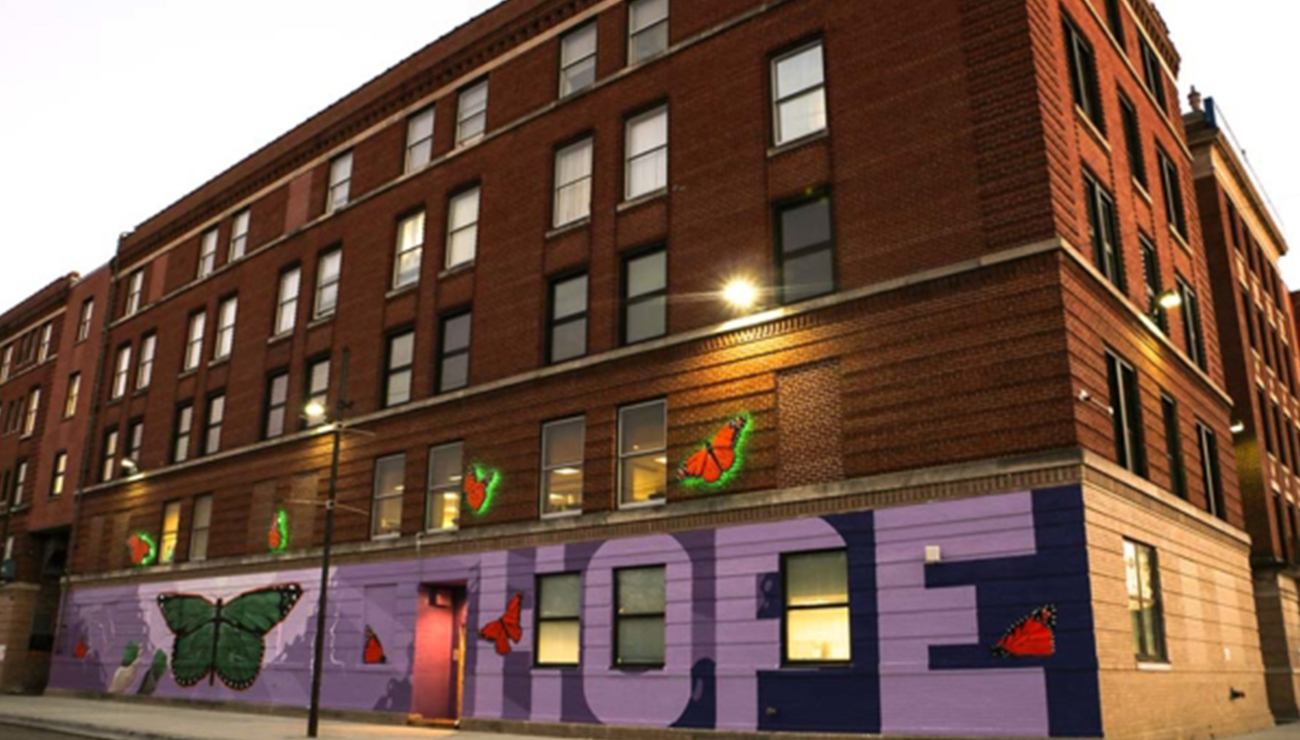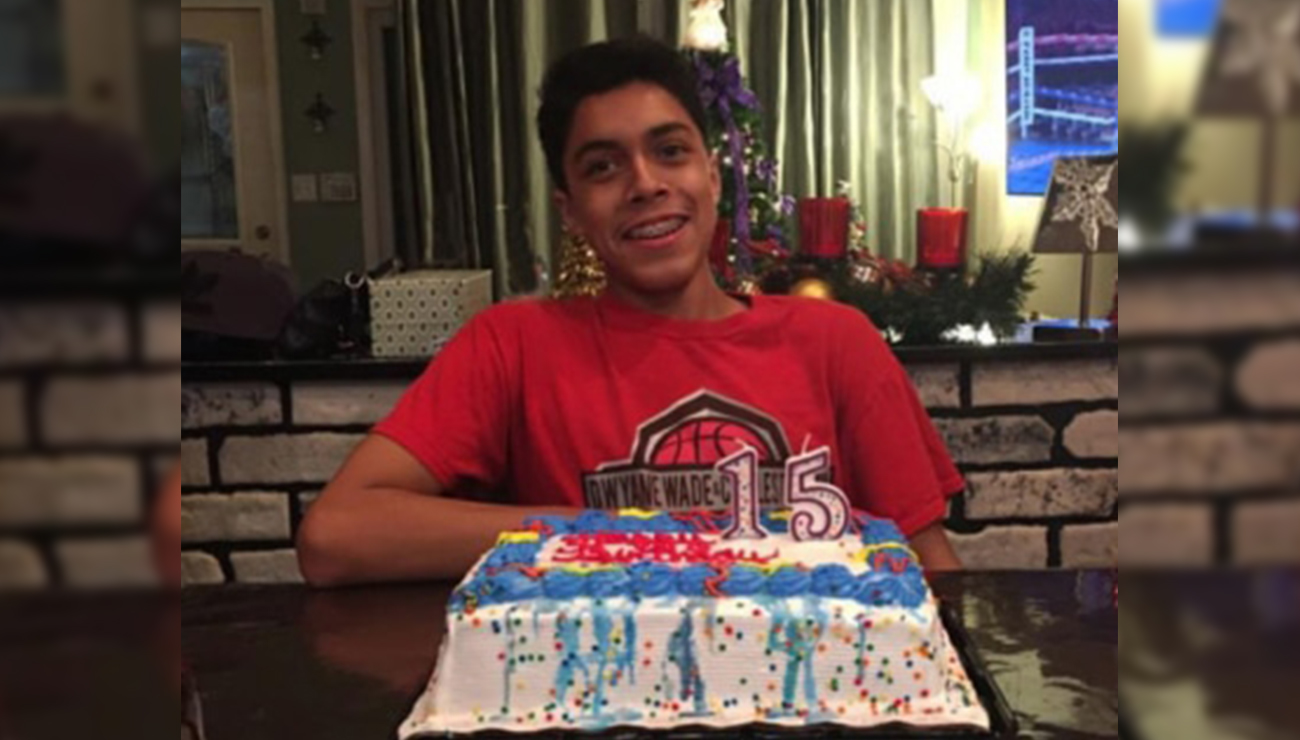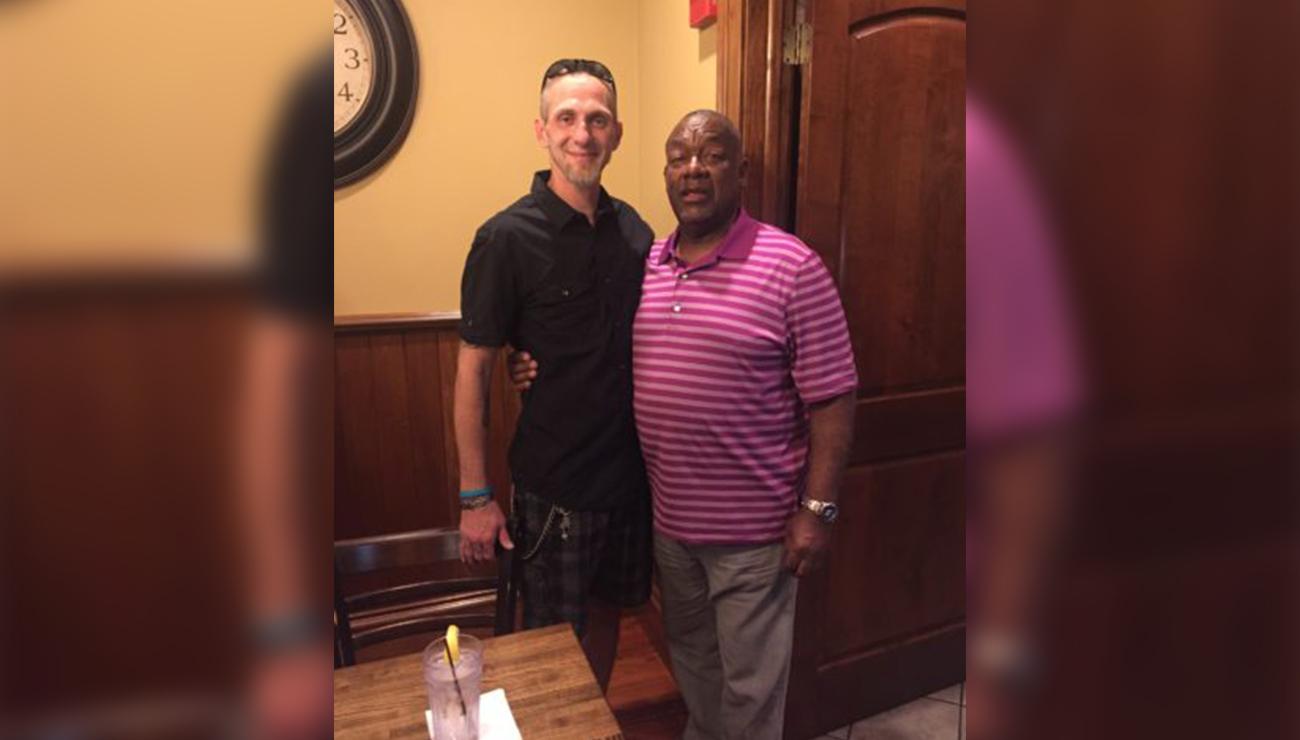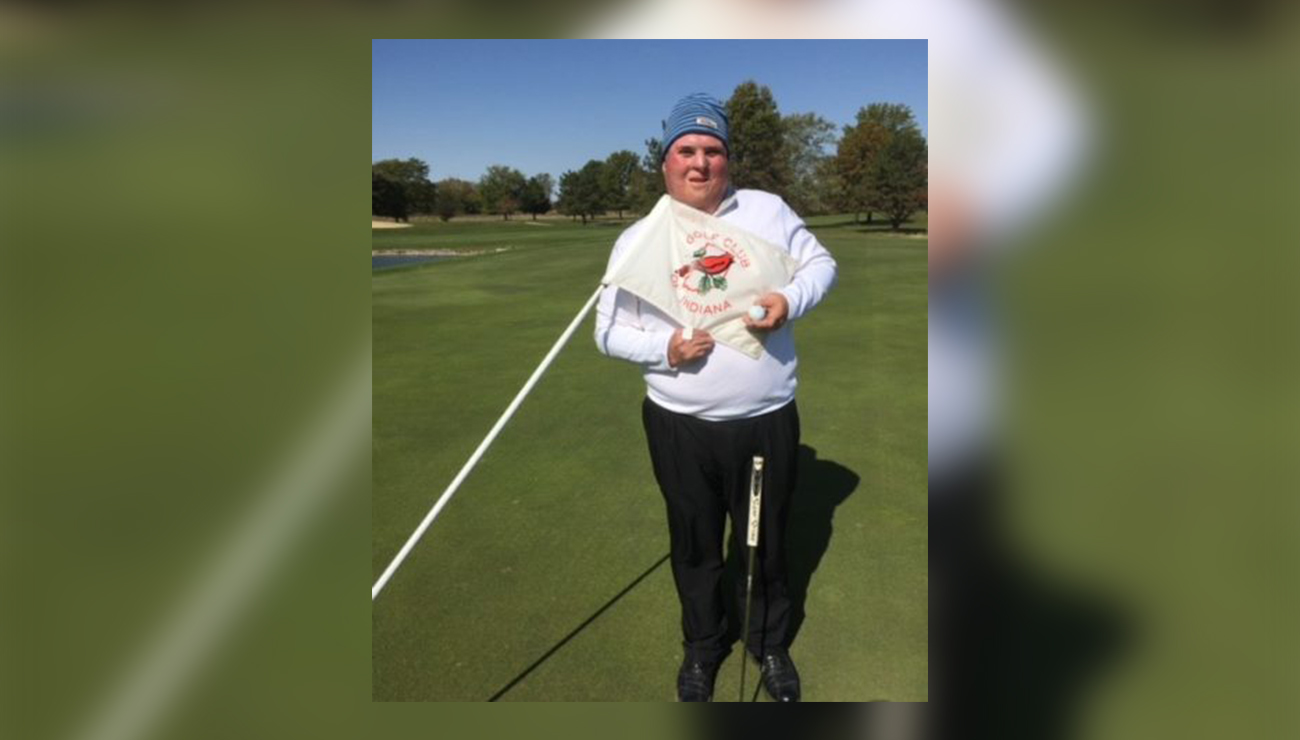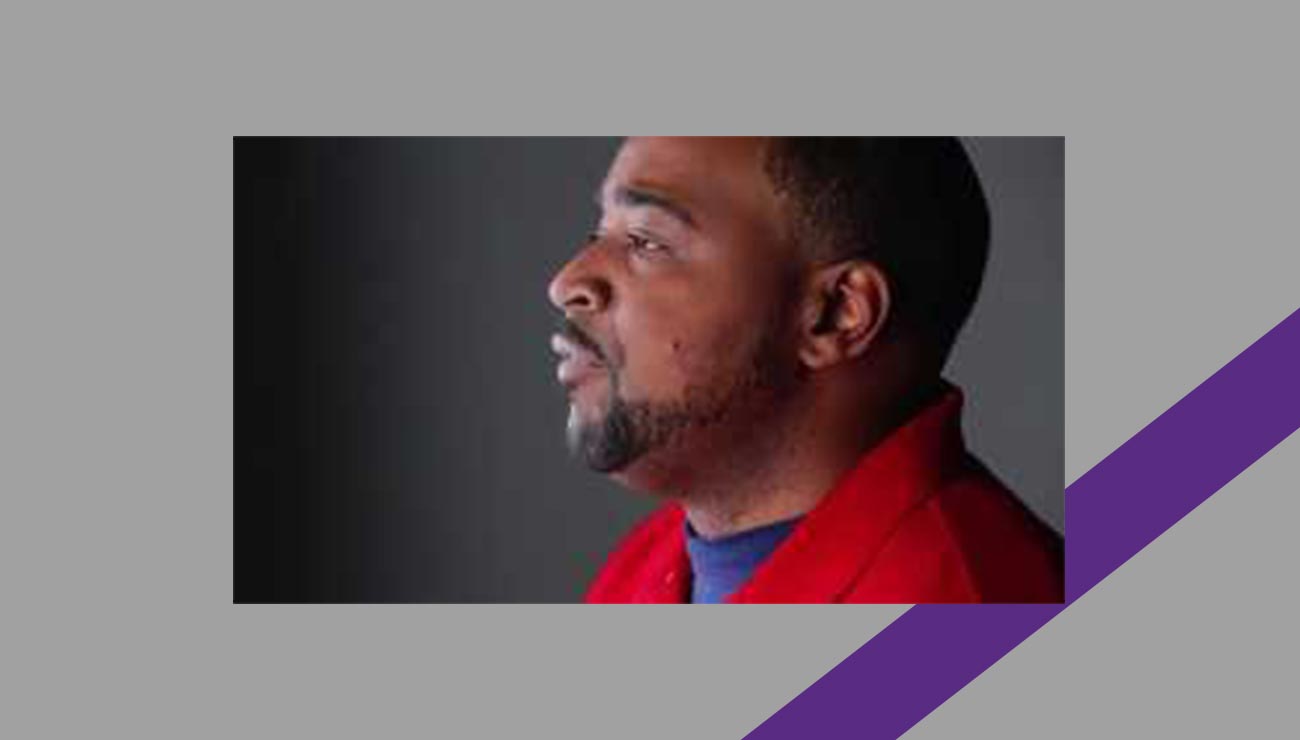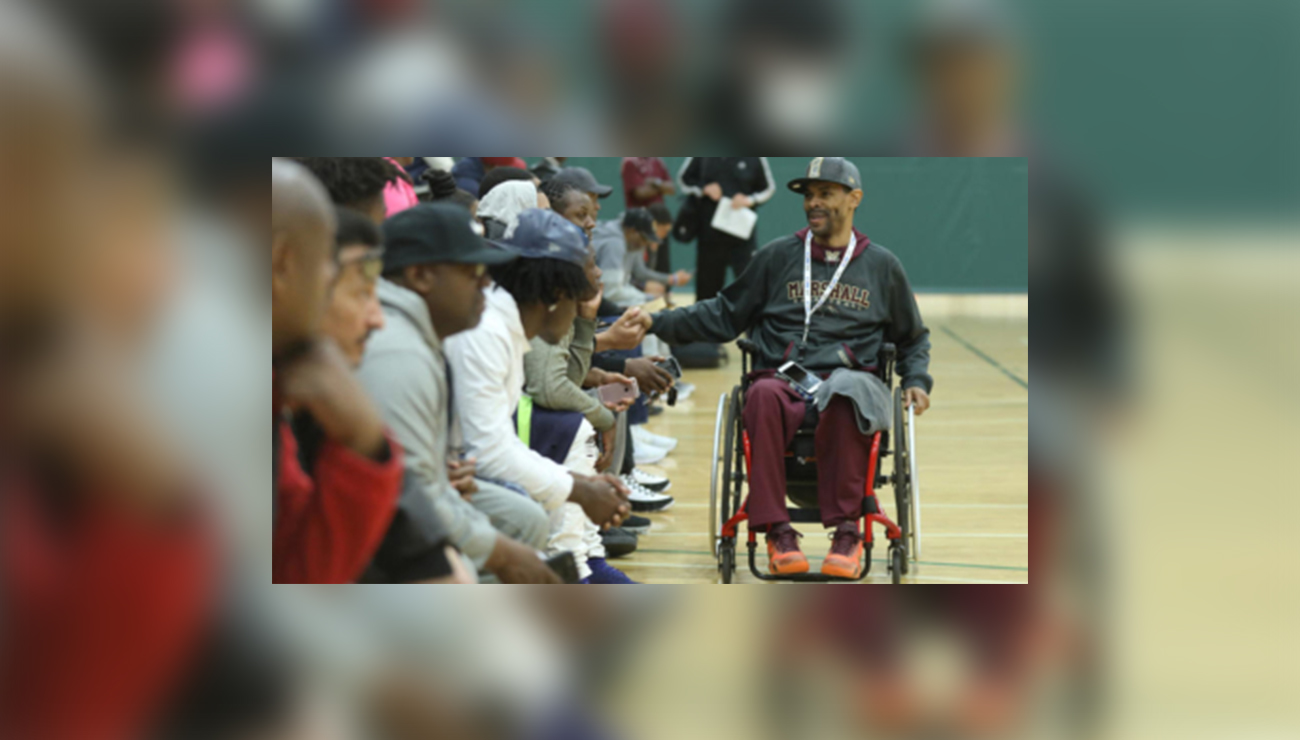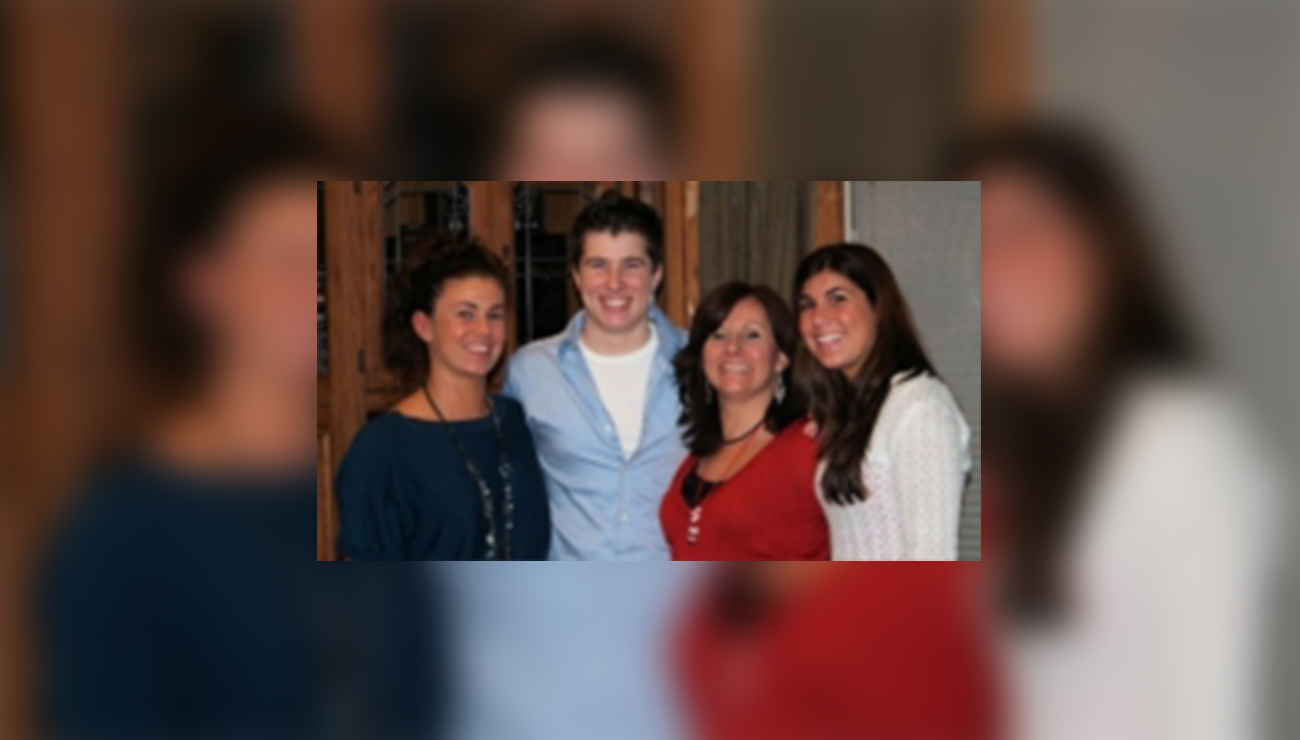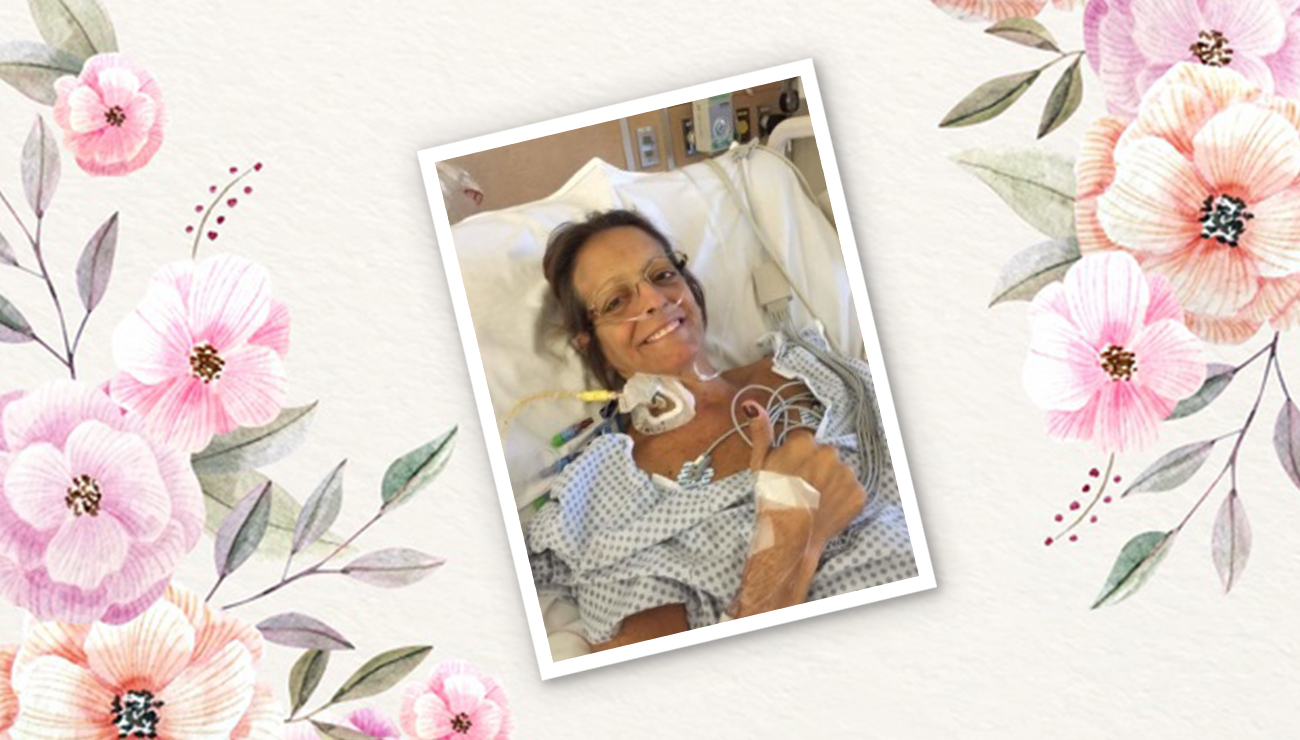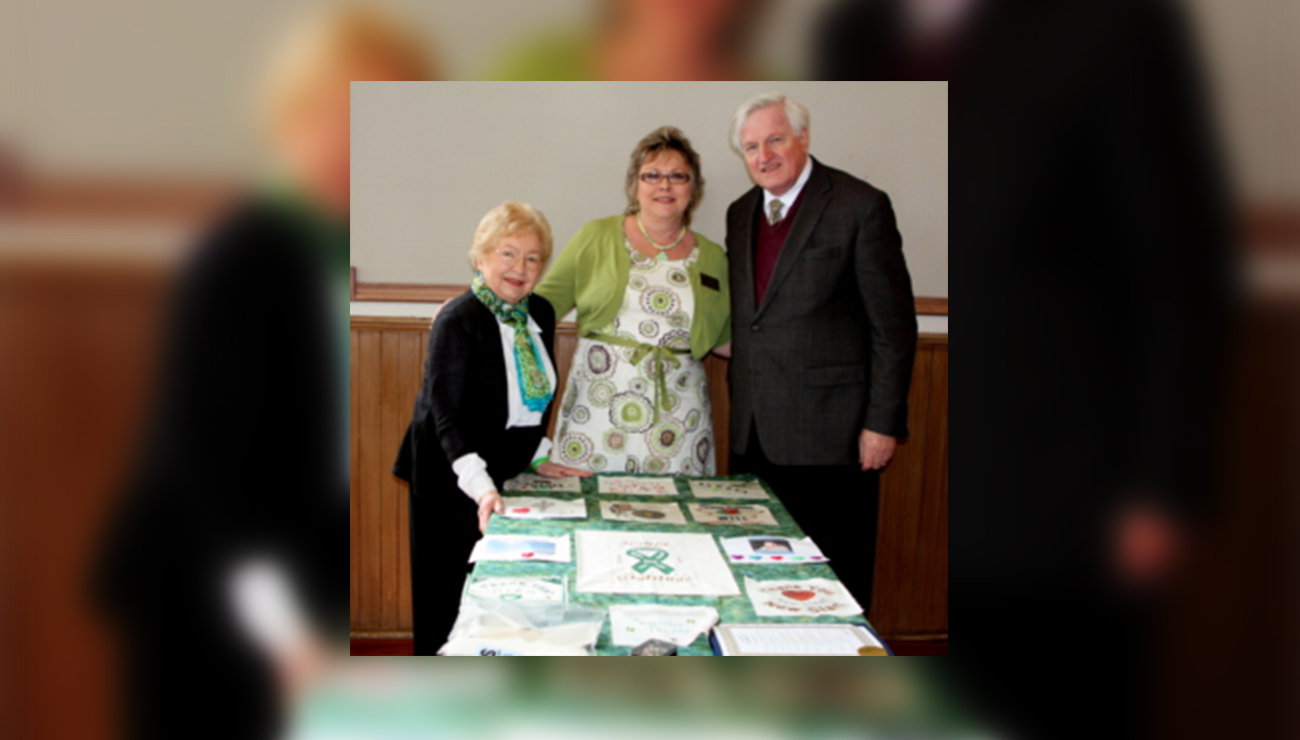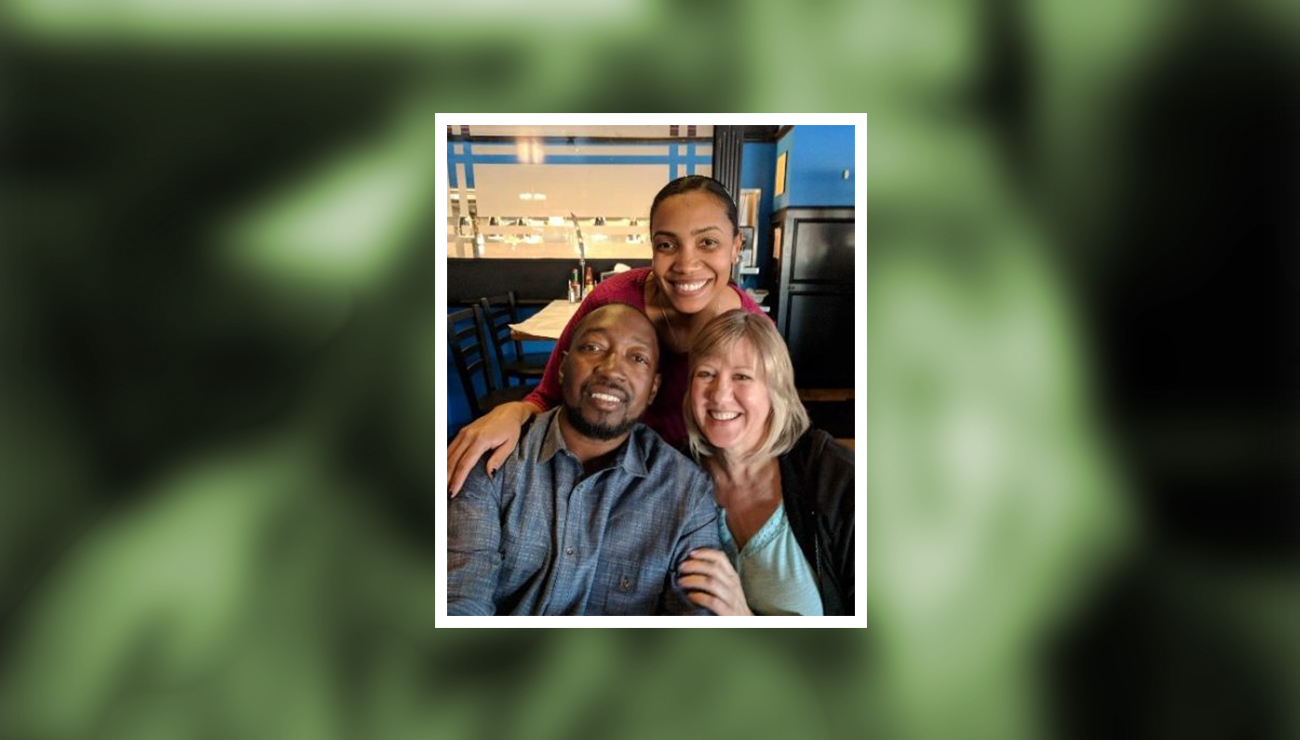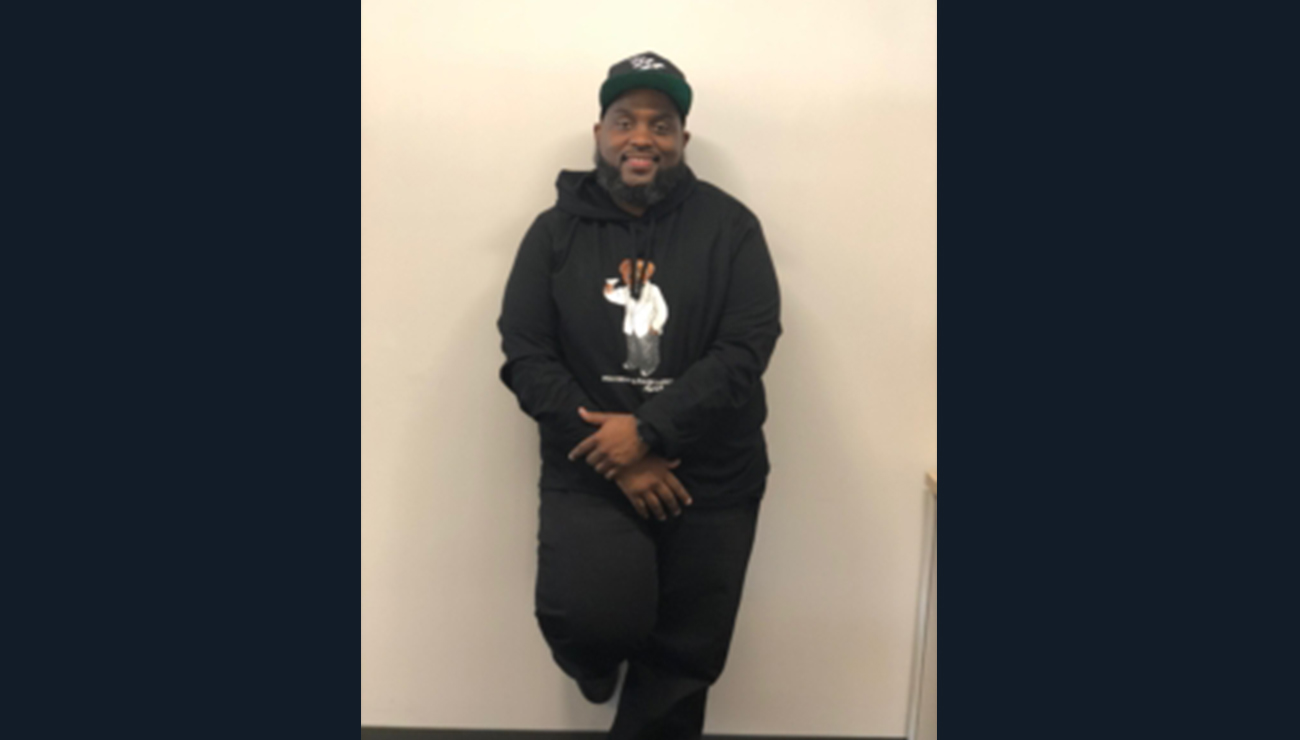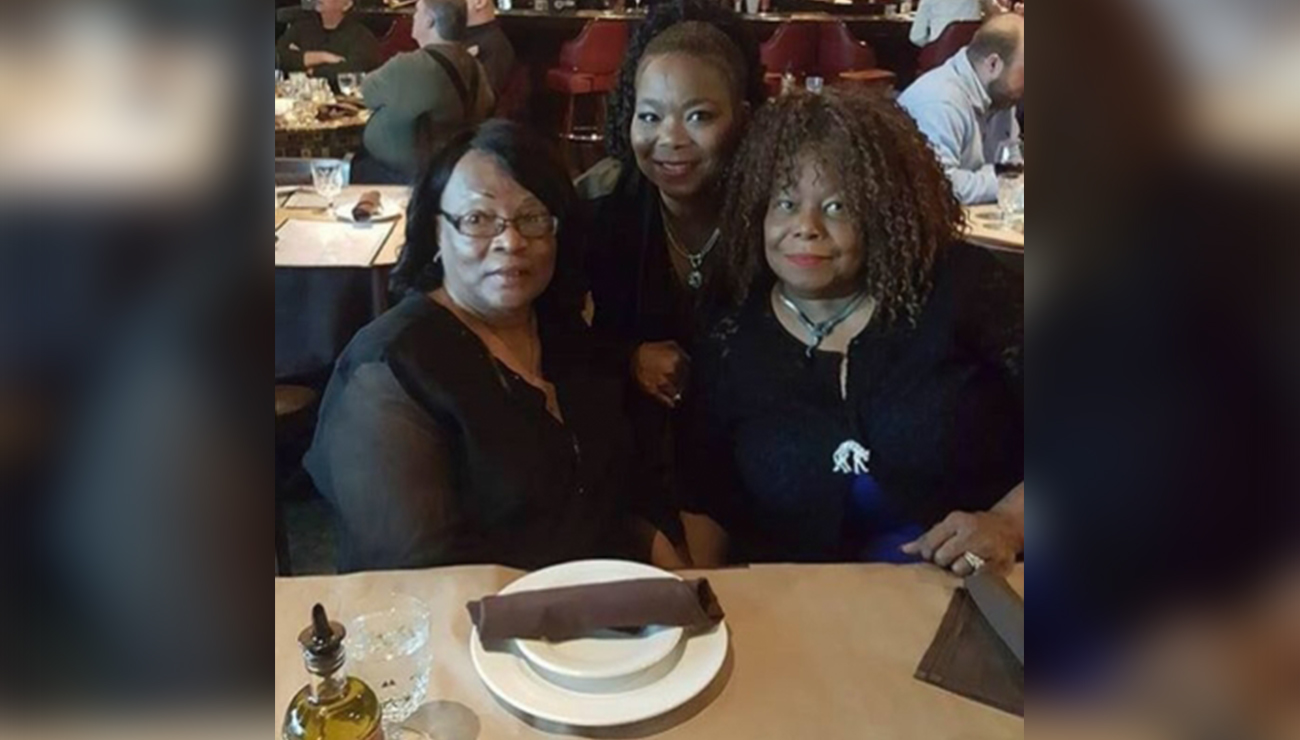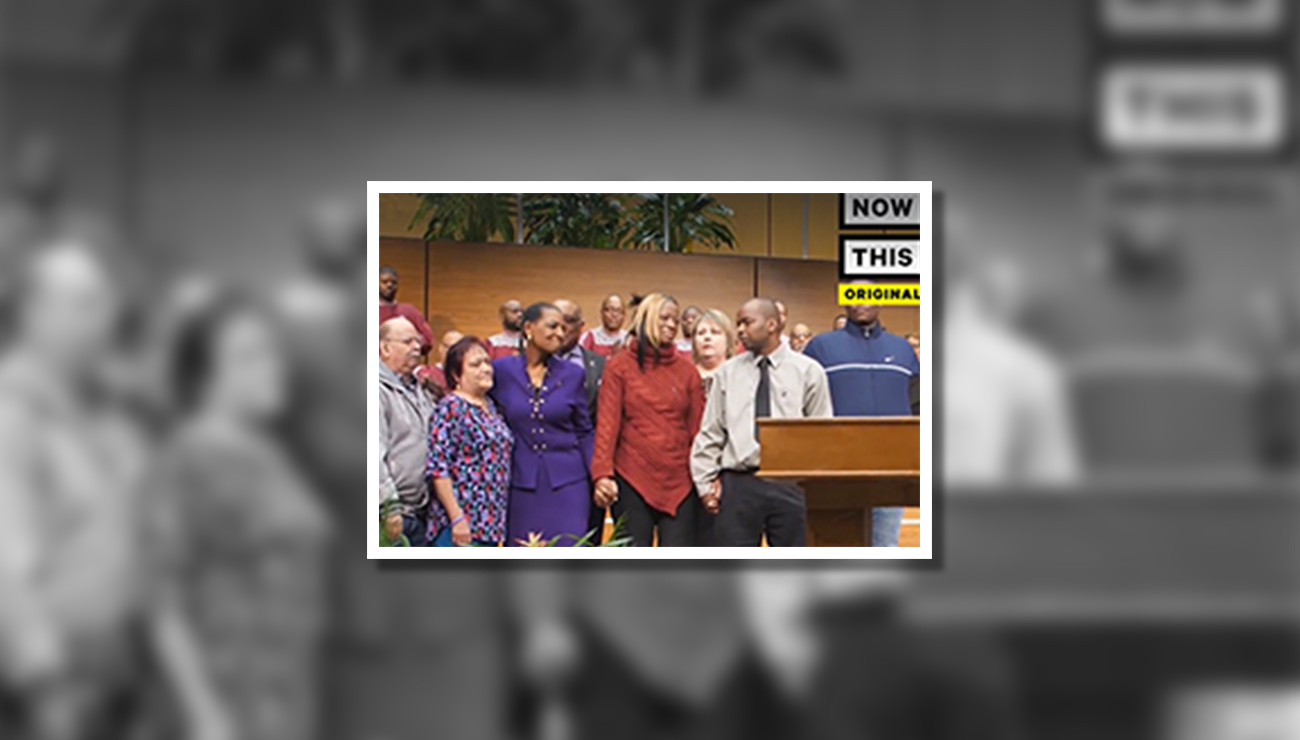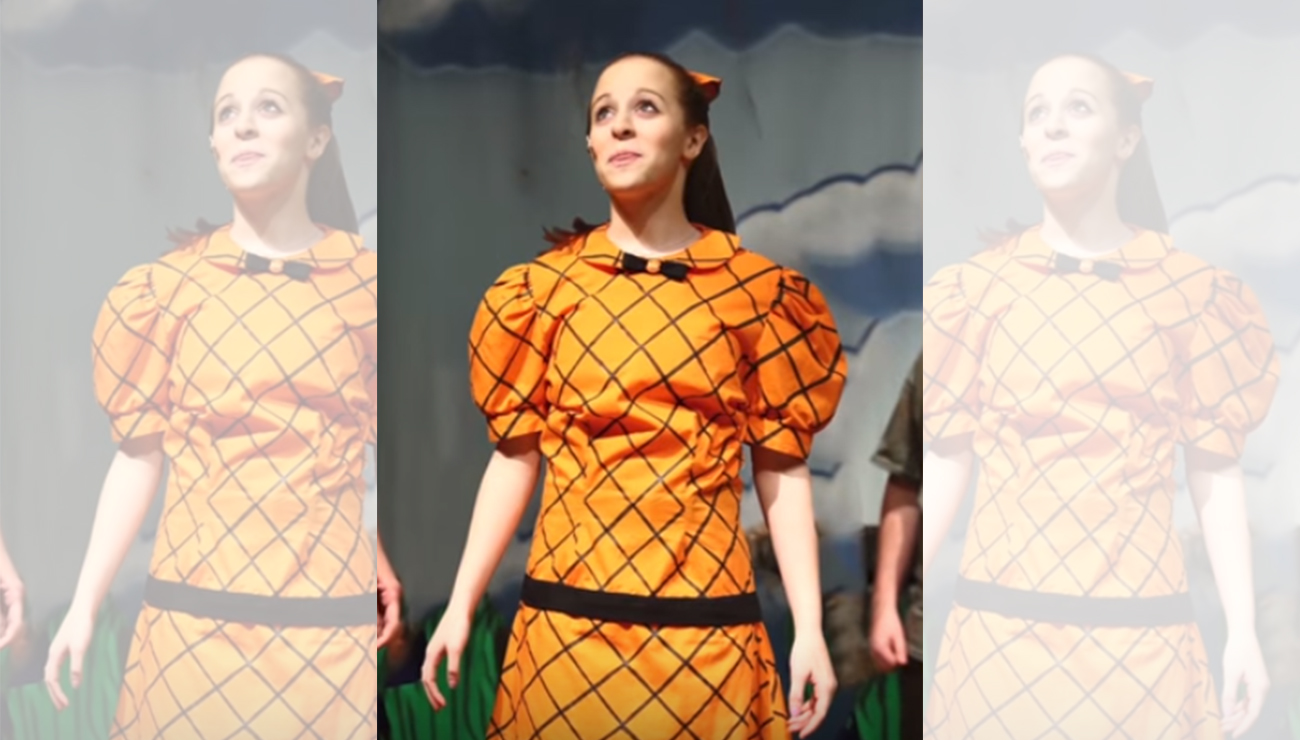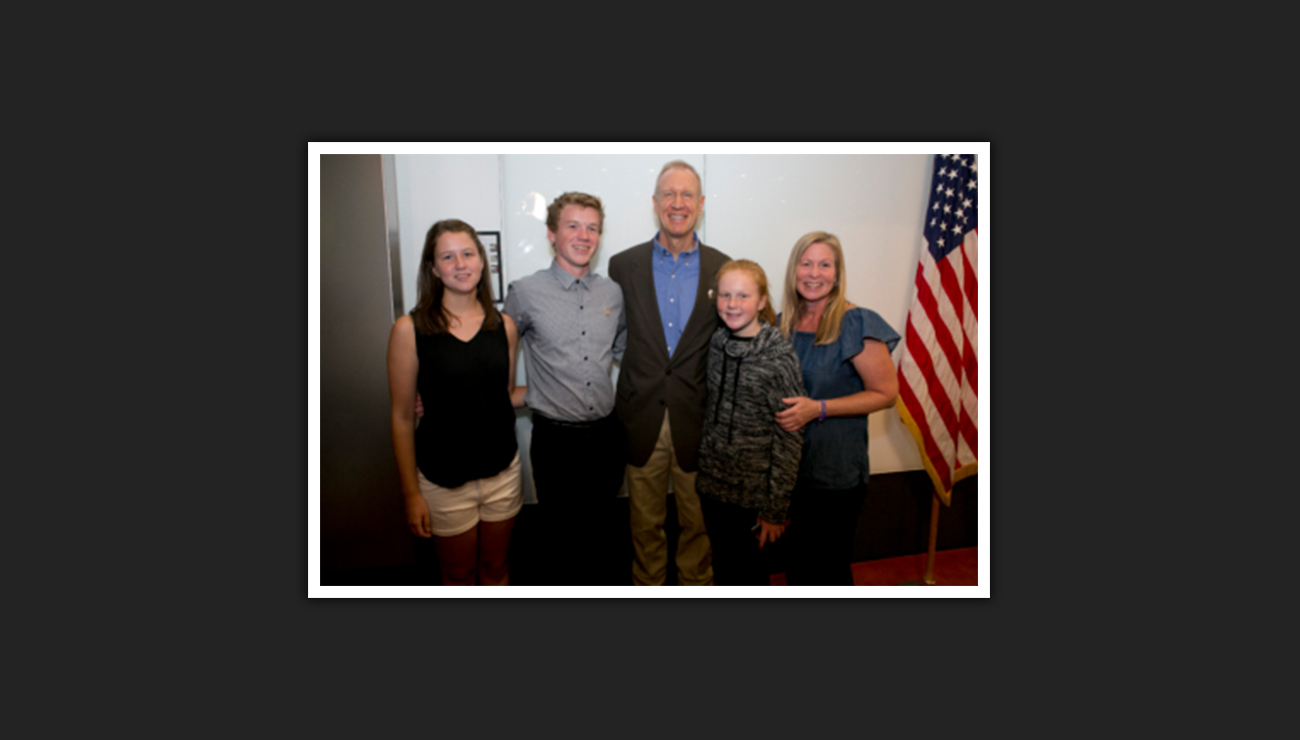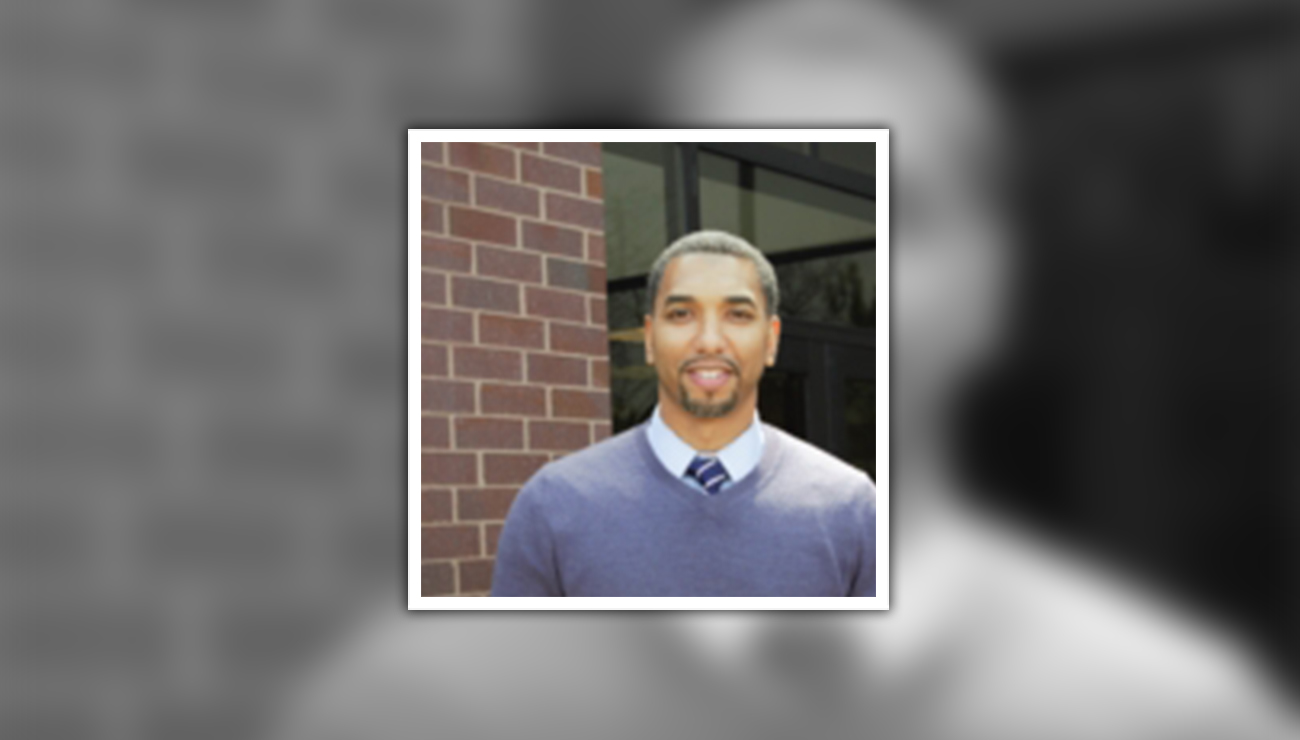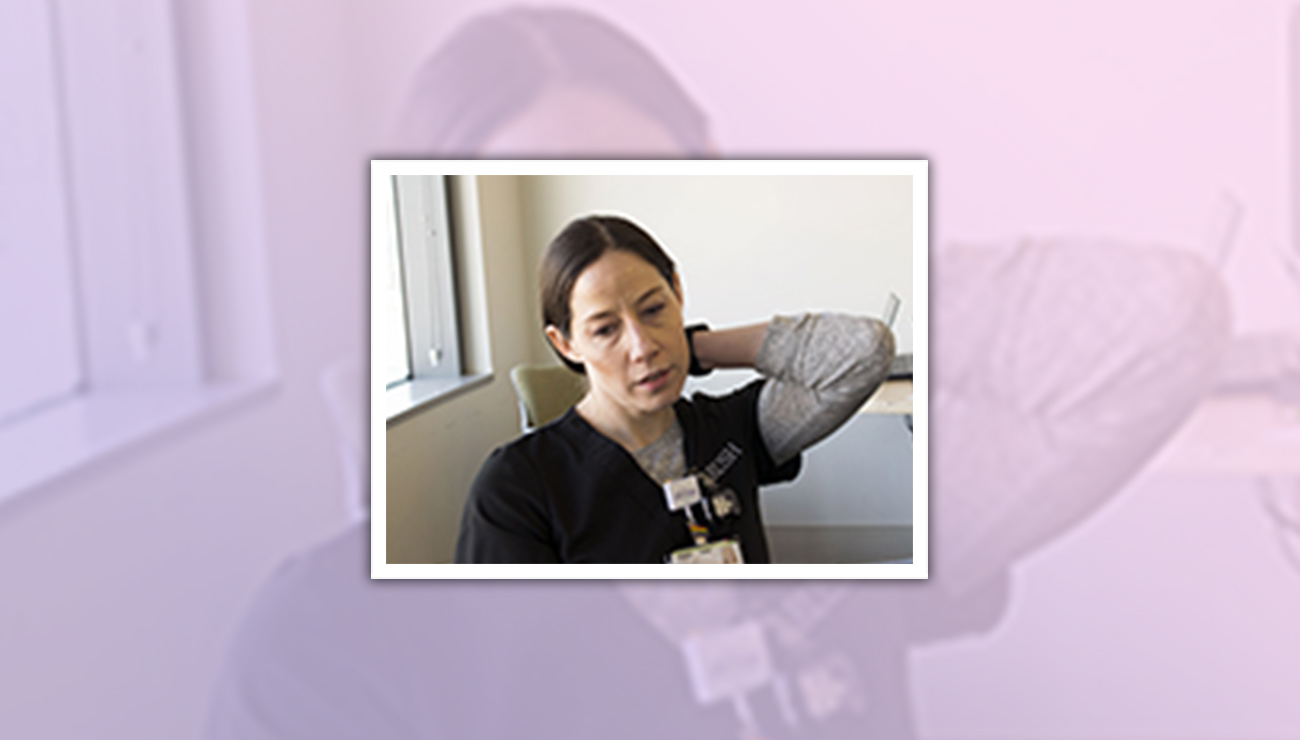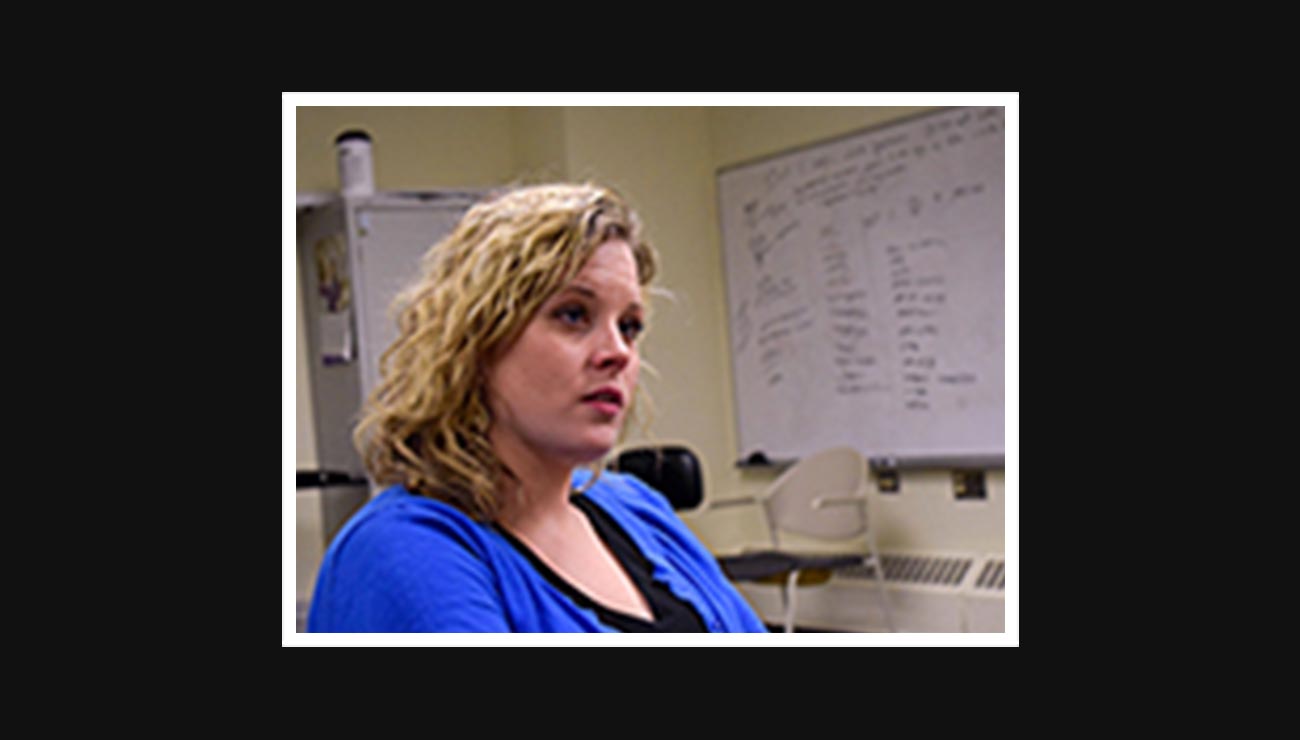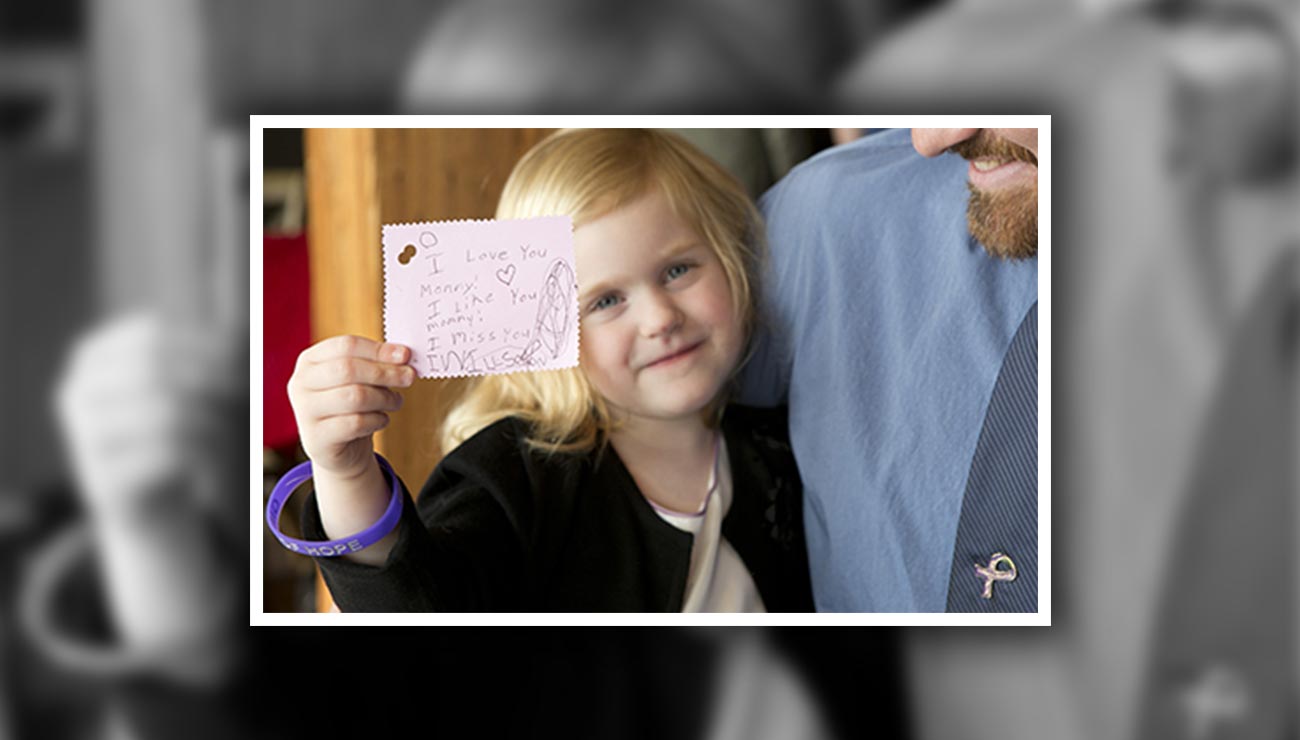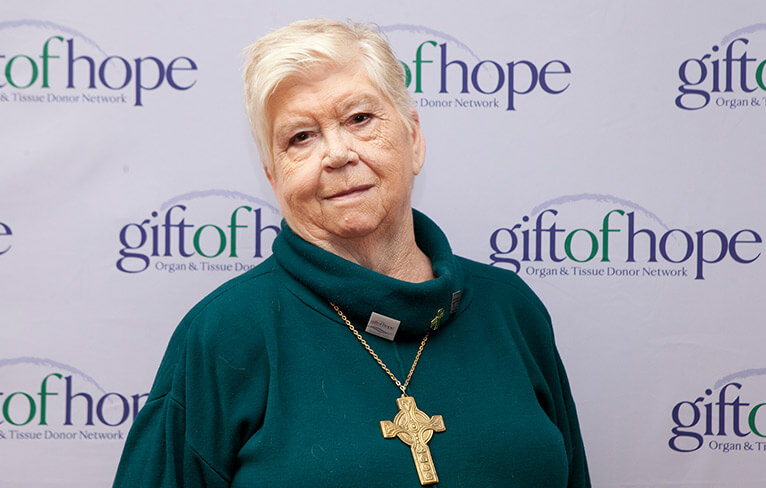Organ and tissue donation started out as a clinical experiment decades ago and has become one of the most extraordinary therapeutic advances in modern medicine.
Factors as diverse as increased cultural acceptance, technical & scientific advances in organ preservation, immunosuppression, surgery, and refined qualifications for donors & recipients are but a part of an extensive line-up of elements that have been critical to the evolution of organ donation. The result is remarkable: today organ and tissue transplantation is a clinically-effective, accessible and life-saving reality. These are the major milestones that have brought the practice of organ donation to where it is now.
Organ and Tissue Donation Milestones
On December 23rd, 1954, Dr. Joseph Murray bypassed the obstacle of an immune reaction – to date a significant risk with this type of surgery – by using his patient’s identical twin as the (living) donor for a human kidney transplant. No immunosuppressive medication was used for the procedure or follow-up treatment. Although at the time it was a well-known fact that skin grafts exchanged between identical twins were not rejected, the impact of this first successful human transplant was profound. It proved to be an important motivation for surgeons to make further efforts to advance transplantation. And those efforts materialized in 1960, when the first successful kidney transplant between siblings who were not twins took place and later on, in 1962/1963, when the first successful kidney, lung, and liver transplants were performed by using organs recovered from deceased donors.
1963 was also the year when the first organ recovery from a brain-dead donor was achieved, paving the way for the development of a definition of brain death based on neurological criteria five years later.
1967: Dr. Thomas Starzl, from the University of Colorado Health Sciences Center, performed the first successful liver transplant.
1968: Dr. E. Donnall Thomas (Cooperstown, New York) accomplished the first successful bone marrow transplant. This procedure involved identical twins as well, with bone marrow taken from the healthy brother and given to the other (who suffered from leukemia). Another major first occurred the same year when Dr. Norman Shumway performed a heart transplant at the Stanford University Hospital in California.
1981 sees the first combined heart/lung transplant, an achievement of Dr. Bruce Reitz, a resident at the Stanford University Hospital.
1999/2001: the first-hand transplant was performed in the U.S. by a team of more than 10 surgeons from the University of Louisville and the Jewish Hospital in Louisville.
This very brief timeline is clearly not exhaustive, with a large number of notable moments in organ donation history that we couldn’t mention. Fortunately, multiple sources of information are now available to all those who are in need of more detailed data.
All in all, we have come a long way from the days of rudimentary skin grafts; it took experience and a lot of determination to reach this point of almost unlimited possibility. And yet there are always further avenues to pursue and advances to make.
When tragedy strikes it’s only human to feel overwhelmed by deep emotion. After all, that’s what happens when a genuine connection is suddenly severed. But what if there were a way to give new meaning and a new purpose to that connection and transform it into an instrument of hope? The Gift of Hope Organ and Tissue Donor Network can help you find an answer to this question, so be sure to visit our website today and find out how one tiny decision can make a world of difference.

